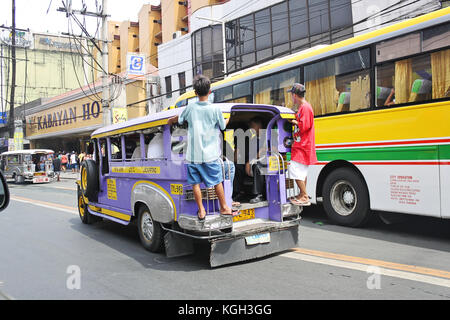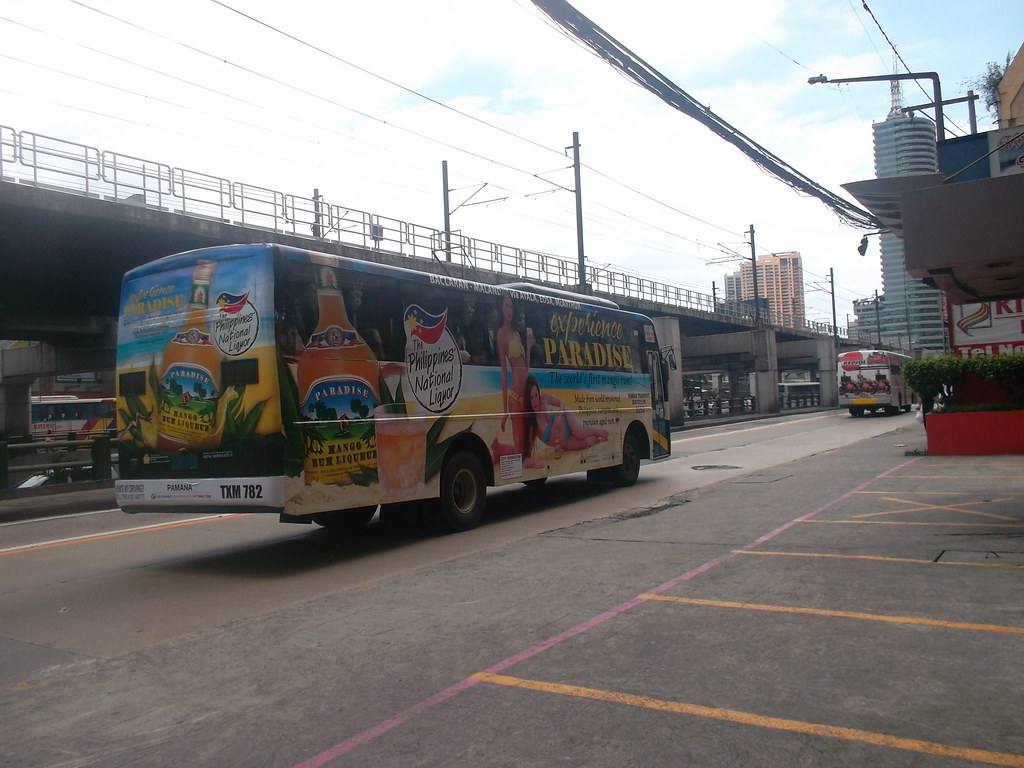Discovering the Influence and Effectiveness of Transportation Marketing in Urban Marketing Methods
Transit advertising and marketing has become a significant part of metropolitan marketing approaches, taking advantage of the distinct dynamics of mass transit environments. Its ability to get to a varied and broad target market offers brand names with a possibility to create meaningful links with constant exposure. Nonetheless, with the rapid development of modern technology and shifting customer actions, the landscape of transit marketing is undertaking notable modifications that warrant closer examination. What ramifications do these fads hold for marketing experts seeking to harness the complete possibility of this tool?
The Surge of Transportation Advertising And Marketing
As city populaces proceed to swell, the need for ingenious marketing services has resulted in the increase of transit advertising as a critical component of urban marketing approaches. This kind of advertising and marketing leverages mass transit systems-- such as buses, trains, and trains-- to get to a varied audience in densely booming locations. The efficiency of transit advertising exists in its capability to engage customers throughout their everyday commutes, an usually ignored yet important time for brand messaging.
With cities becoming increasingly congested, traditional advertising and marketing spaces are coming to be scarce and much less efficient. Transit advertising and marketing uses a dynamic choice, allowing brand names to showcase their messages in high-traffic areas where prospective customers are constantly exposed to the advertisements. Furthermore, as city citizens increasingly count on mass transit, the importance and visibility of transportation marketing have actually grown dramatically.
Additionally, technical developments have improved the sophistication of transit advertising, permitting digital displays and interactive campaigns that can record consumer interest better than fixed advertisements. Therefore, transit advertising and marketing is not just an economical alternative but likewise an essential method for brand names looking for to get in touch with metropolitan customers in a memorable and impactful way.
Key Benefits of Transit Marketing
The performance of transit advertising is highlighted by its diverse benefits, making it an invaluable device for urban marketing professionals. Among the primary advantages is its considerable reach; transit systems serve countless passengers daily, enabling brand names to connect with a diverse target market in high-traffic environments. This visibility improves brand name recognition, ensuring that promotions are seen repetitively by travelers.

Additionally, transportation advertising and marketing is economical compared to various other media, providing a lower price per perception while maintaining high presence. The adaptability of advertisement layouts, from bus wraps to digital display screens, enables for innovative and impactful campaigns that can adjust to changing market needs.
Customer Actions Insights
A substantial part of customer actions is affected by the pervasive nature of transportation marketing in metropolitan environments. This kind of advertising and marketing catches the attention of varied demographics, involving consumers throughout their daily commutes. As people navigate bustling cityscapes, they encounter transportation ads in numerous formats, consisting of bus covers, subway posters, and electronic displays. The calculated placement of these ads optimizes visibility, thus boosting brand name recall.
Research study shows that transit advertising can evoke psychological responses, resulting in increased brand name fondness. Customers commonly link the experience of commuting with certain brand names, developing a long-term impact that affects purchasing decisions. Furthermore, the frequency of direct exposure to transportation advertisements cultivates knowledge, which is an essential element in consumer count on and loyalty.

Additionally, the common aspect of public transport adds to this sensation; as people share areas, they are most likely to go over and advise brand names they come across. Therefore, transit advertising not only reaches customers yet additionally stimulates social communications that enhance brand messaging. Understanding these behavioral understandings allows marketing professionals to customize their techniques efficiently, guaranteeing that their campaigns reverberate with target market in the metropolitan landscape.
Situation Studies and Success Stories
Successful implementation of transit advertising and marketing methods is exhibited through numerous study that highlight its performance in urban advertising and marketing. One remarkable example is the cooperation between a preferred beverage firm and a major city's public transportation system. The campaign used bus wraps and indoor posters, resulting in a 30% rise in brand name recognition and a 15% increase in sales within the target demographic over 3 months.
One more effective situation included a regional dining establishment chain that used train terminal advertising to bring in commuters. By developing visually striking ads that used timed promos, the restaurant experienced an uptick in foot web traffic, Related Site with an outstanding 25% increase in lunch hour customers.
In addition, a city's tourism board introduced a transportation campaign showcasing regional tourist attractions via bus quit displays and train advertisements. The initiative resulted in a substantial boost in vacationer brows through, as reported by a 40% boost in questions at visitor facilities.
These study highlight the adaptability and capacity of transportation advertising to engage metropolitan target markets successfully, showing that tactical positionings can produce substantial returns on investment and boost brand presence in bustling metropolitan settings. - Transit Advertising Philippines
Future Trends en route Advertising And Marketing
As metropolitan landscapes continue to develop, so as well does the realm of transit advertising, which is positioned to welcome ingenious modern technologies and techniques. One significant trend is the assimilation of electronic marketing displays right into public transit systems.
Another emerging fad is using augmented truth (AR) and online fact (VIRTUAL REALITY) experiences within transit advertising. These immersive modern technologies can mesmerize travelers, transforming ordinary journeys right into interactive brand experiences. In addition, sustainability is ending up being increasingly vital; green marketing products and practices are most likely to gain grip, reflecting the expanding customer demand for company social obligation.
Lastly, the increase of mobile connection will facilitate higher integration between transportation marketing and personal devices. Marketers can produce seamless cross-channel experiences, permitting for instant interaction and engagement with prospective customers. Jointly, these trends show a transformative future for transit advertising and marketing, using new methods for brands to get in touch with metropolitan target markets.
Conclusion
Transit advertising and marketing has actually established itself as a considerable part of city Continued marketing methods, showing substantial performance through improved brand exposure and customer involvement. The capability to adjust messages to details demographics, paired with the innovative use technology, positions transit marketing as a driving pressure in modern advertising and marketing (Transit Advertising Philippines). As city environments continue to develop, the future of transportation advertising and marketing assures more developments, guaranteeing its importance and impact fit customer perceptions and behaviors in urban landscapes
As metropolitan populations proceed to swell, the demand for cutting-edge advertising options has actually led to the rise of transit advertising and marketing as an essential component of city advertising and marketing approaches.A substantial part of consumer behavior is affected by the pervasive nature of transit advertising in metropolitan environments. Jointly, these patterns suggest a transformative future for transit advertising and marketing, using new avenues for brand names to attach with metropolitan audiences.
Transportation marketing has established itself as a substantial element of urban advertising and marketing methods, showing substantial performance with improved brand visibility and customer engagement. As city settings continue to evolve, the future of transportation marketing promises more try here improvements, ensuring its importance and effect in forming consumer perceptions and actions in metropolitan landscapes.